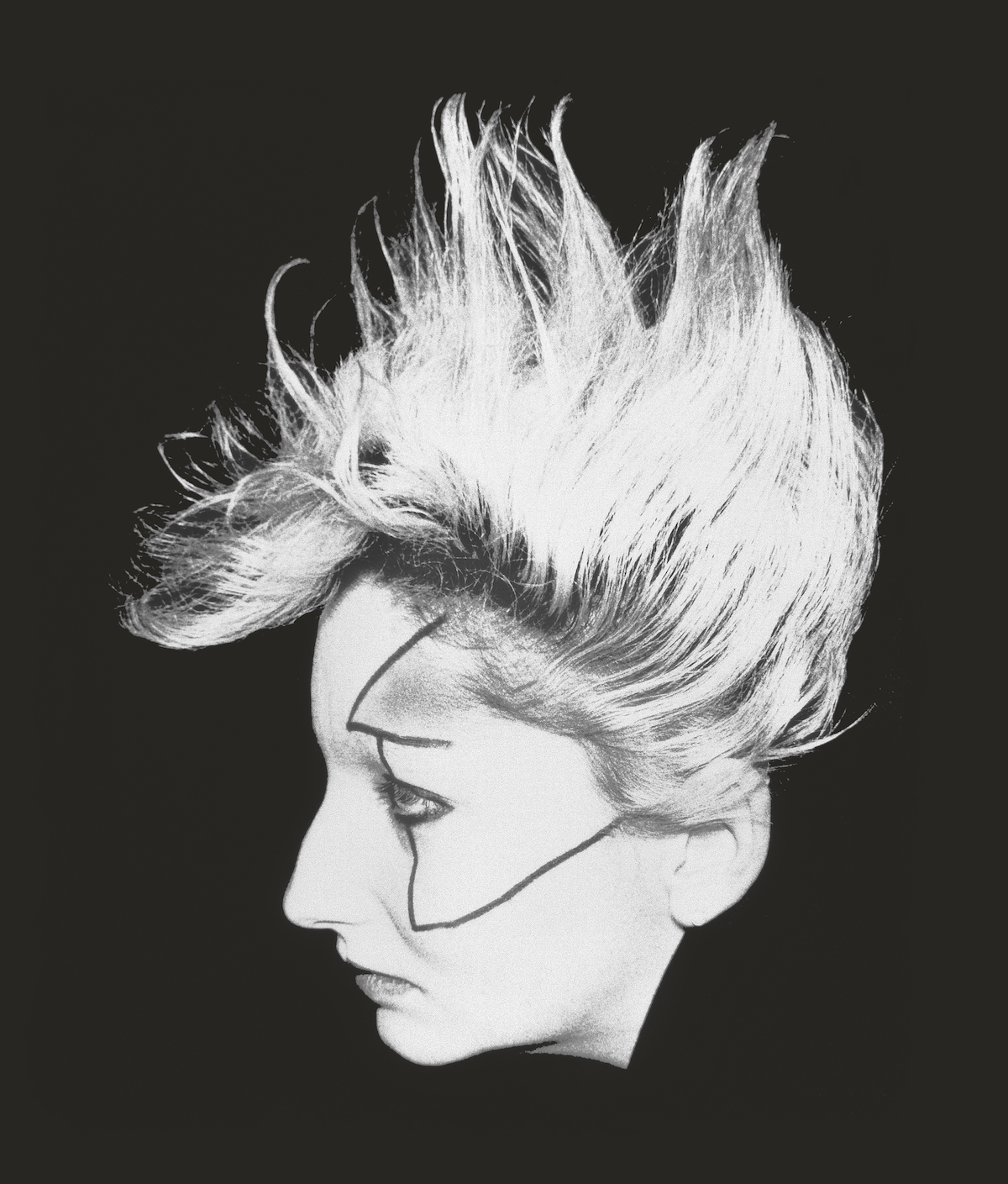
Untitled (wearing Kansai Yamamoto costume), RCA Studio, New York, 1973 (Courtesy of ACC Art Books)
This post may contain affiliate links. If you make a purchase, My Modern Met may earn an affiliate commission. Please read our disclosure for more info.
There are some creative relationships that stand the test of time. And certainly, the bond between Japanese photographer Masayoshi Sukita and rock star David Bowie was one that has endured. Their collaboration, which spanned over 40 years, produced incredible photographs that document Bowie’s entire career. Now, these photos—some previously unseen—have been published in Sukita: Eternity.
The duo met when Bowie was in his Ziggy Stardust phase. Sukita, intrigued by what he saw, called up Bowie’s people and convinced them, even with his limited English, to let him do a photoshoot. From there, Sukita and Bowie would remain lifelong friends and collaborators. “Every time Bowie came to Japan, he called me and said, ‘I am here. Let’s do a photo session.’ Bowie always loved Eastern culture, and he loved Kyoto, the traditional town in Japan,” Sukita recalls in the book. “Since I was young, I have always been into Western culture, and Bowie was so into Eastern culture, so that’s the bond or relationship we had. It was because of the distance between us that we were able to go on collaborating for 40 years.”
Their collaboration spanned everything from the iconic cover of Bowie’s Heroes album to photos of the rock legend exploring the streets of Japan in casual clothes. Sukita: Eternity focuses quite a bit on their relationship, but also covers Sukita’s incredible career outside of his work with Bowie. This includes his work with other musicians, whether that be posed portraits or concert imagery. Sukita worked with everyone from Iggy Pop and the B-52’s to a whole range of top Japanese musicians. In fact, he’s still active and working today at 83 years old.
The book also gives space to Sukita’s street photography. “Ever since I was young, I always wanted to take photos that would bear witness to what was happening in the world,” Sukita once said. And certainly, the monograph does an excellent job in showing how Sukita captured life over his long career. His artistic flair and signature style are unmistakable. Viewing his work as one flips through the pages, it’s easy to see why his work remains iconic.
Japanese photographer Masayoshi Sukita had a 40-year creative relationship with David Bowie.

Untitled, RCA Studio, New York, 1973 (Courtesy of ACC Art Books)

Untitled, RCA Studio, New York, 1973 (Courtesy of ACC Art Books)

‘Heathen’, New York, 2002 (Courtesy of ACC Art Books)
His new book, Sukita:Eternity, also shows his incredible portraits of other international and Japanese musicians.

The B-52’s, Tokyo, 1979 (Courtesy of ACC Art Books)

Jordan (Pamela Rooke), London, 1977. (Courtesy of ACC Art Books)

Tomoyasu Hotei, Tokyo, 2002 (Courtesy of ACC Art Books)

“Idiot I, Harajuku Studio, Tokyo, 1977 (Courtesy of ACC Art Books)
There is also an emphasis on Sukita’s street photography.

Untitled, Shibuya, Tokyo, 2010 (Courtesy of ACC Art Books)

Mask, Tokyo, 2020 (Courtesy of ACC Art Books)
